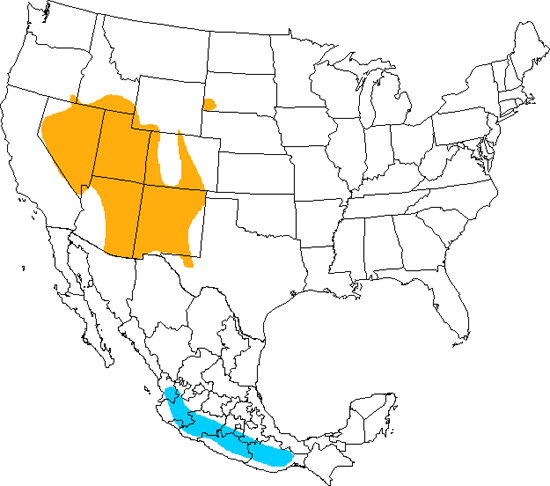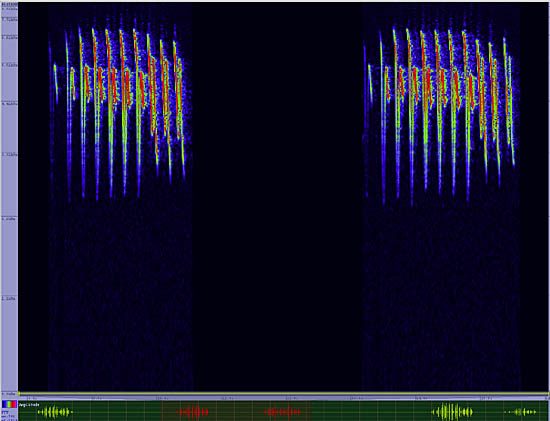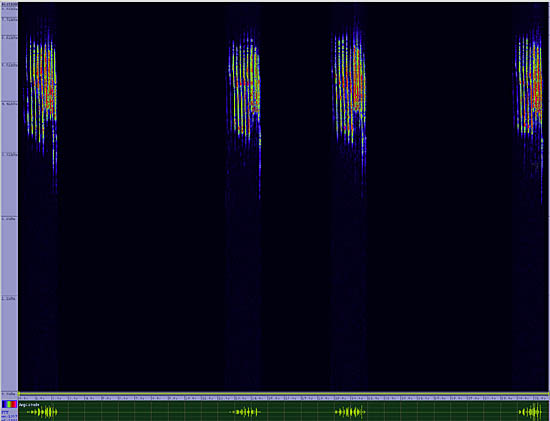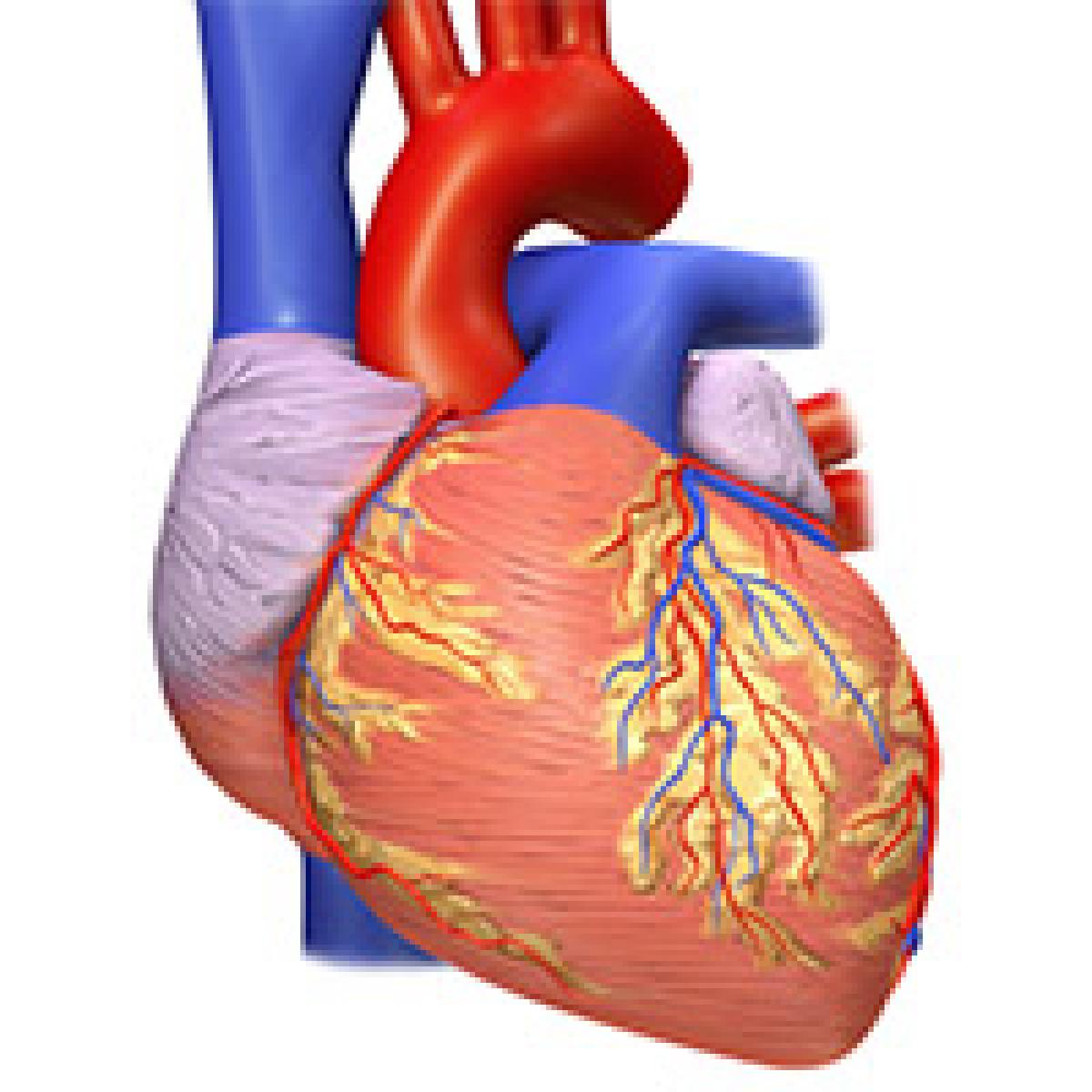Virginia's Warbler
Vermivora virginiae

Perching

Length: 5 in. (12 cm )
Arid, bushy hillsides with scattered trees is the preferred habitat of the Virginia\s Warbler. A peculiar habit of wagging its tail up and down is a good identification clue. Its food is exclusively insects gleaned from leaves or occasionally hawked from the air. The nest is hidden at the base of a low bush and made of grass and bark strips.'
The four-digit banding code is VIWA.
Bibliographic details:
- Article: Virginia's Warbler
- Author(s): Dr. Biology
- Publisher: Arizona State University School of Life Sciences Ask A Biologist
- Site name: ASU - Ask A Biologist
- Date published: 13 Jul, 2017
- Date accessed: 28 July, 2025
- Link: https://askabiologist.asu.edu/activities/bird/virginias-warbler
APA Style
Dr. Biology. (Thu, 07/13/2017 - 15:38). Virginia's Warbler. ASU - Ask A Biologist. Retrieved from https://askabiologist.asu.edu/activities/bird/virginias-warbler
Chicago Manual of Style
Dr. Biology. "Virginia's Warbler". ASU - Ask A Biologist. 13 Jul 2017. https://askabiologist.asu.edu/activities/bird/virginias-warbler
MLA 2017 Style
Dr. Biology. "Virginia's Warbler". ASU - Ask A Biologist. 13 Jul 2017. ASU - Ask A Biologist, Web. https://askabiologist.asu.edu/activities/bird/virginias-warbler
Be Part of
Ask A Biologist
By volunteering, or simply sending us feedback on the site. Scientists, teachers, writers, illustrators, and translators are all important to the program. If you are interested in helping with the website we have a Volunteers page to get the process started.










